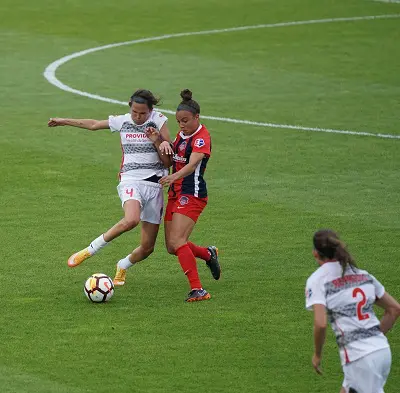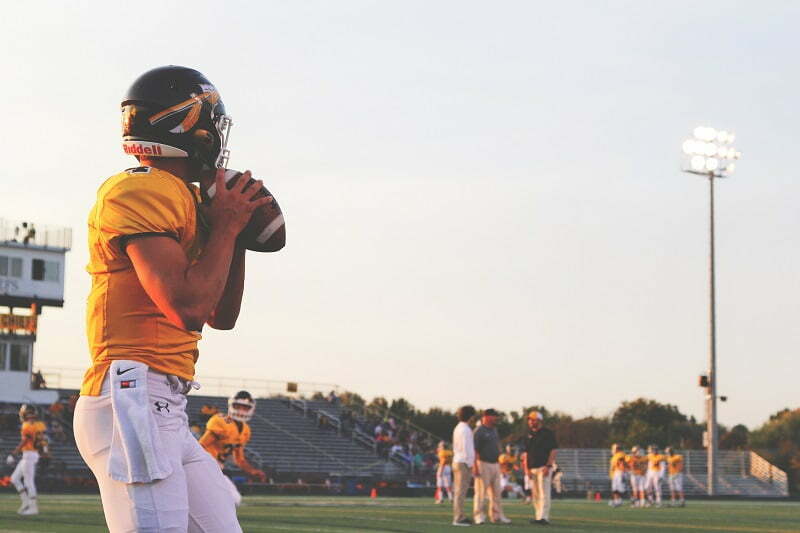THE ACL
The anterior cruciate ligament (ACL) is one of the four major ligaments of the knee. The ACL plays a very important role in stabilizing the knee by maintaining the appropriate alignment of the tibia and femur. ACL injuries can occur in a variety of ways but are often accompanied by a “pop” felt deep in the knee, significant swelling, inability to fully straighten the knee, and feelings of instability.
RISK FACTORS
Age.
ACL tears are most common between the ages of 15 and 40, mostly due to the active lifestyle and higher participation in sports.
Participation in certain sports.
ACL tears commonly occur in sports such as soccer, basketball, football, volleyball, and downhill skiing. This is not an exclusive list, but as a general rule, activities that require a quick change in direction or landing from a jump increase the risk of ACL injury. Thus, agility sports tend to see more ACL injuries.
Females more at risk.
The rate of ACL injuries is three times higher in female athletes than in males. On the reasons for this increased risk HERE.
Previously torn ACL.
Not the news many want to hear after recovering from an ACL rehabilitation! After returning to activity from an ACL injury, the two main priorities are preventing ACL re-injury and decreasing the risk of injury to the unaffected knee. Unfortunately, reinjury of a previously torn ACL is up to 15%. Stats on this actually range from 5 to 30%. Some factors that can contribute to re-injury include:
- Poor movement patterns that caused the initial injury and still exist
- Overcompensation
- Inadequate strength training
- Larger Q angle (females with wider hips)
- Hyper-mobility
- Hip and ankle mobility restrictions or instability
- Lack of core stability
- Early return to sport/activity decision
Everyone is prone to an ACL injury depending on activity and sport. Assessing global movement can help determine if you are at any risks. Focus on injury prevention exercises and training can help mitigate risk.












